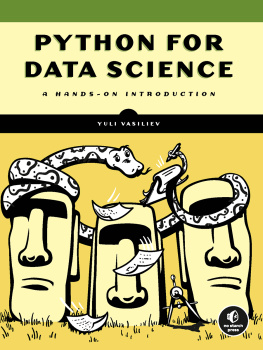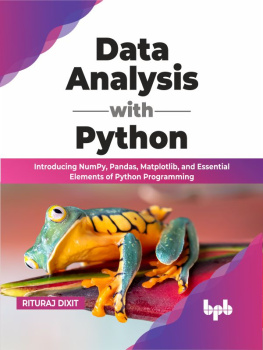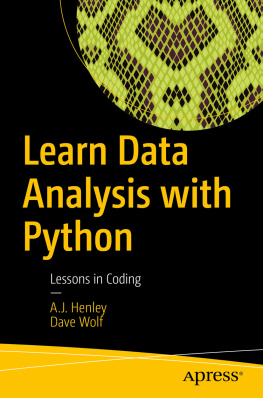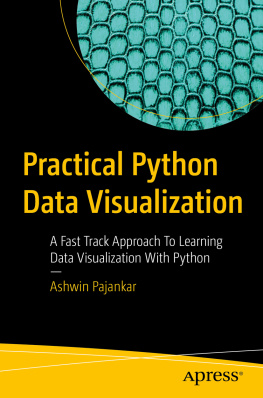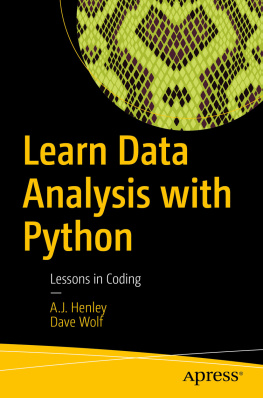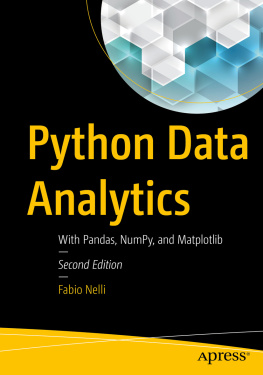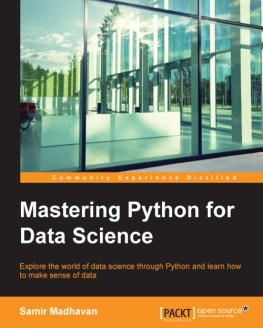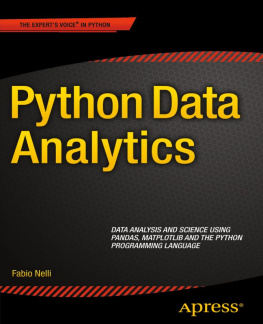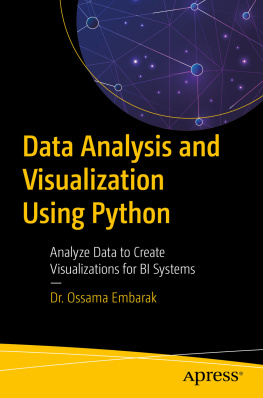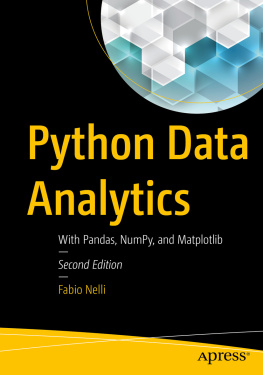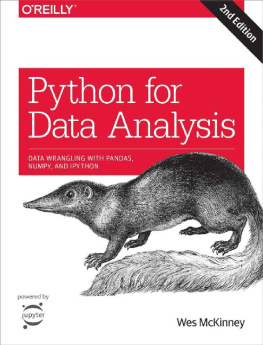Yuli Vasiliev - Python for Data Science: A Hands-On Introduction
Here you can read online Yuli Vasiliev - Python for Data Science: A Hands-On Introduction full text of the book (entire story) in english for free. Download pdf and epub, get meaning, cover and reviews about this ebook. year: 2022, publisher: No Starch Press, genre: Home and family. Description of the work, (preface) as well as reviews are available. Best literature library LitArk.com created for fans of good reading and offers a wide selection of genres:
Romance novel
Science fiction
Adventure
Detective
Science
History
Home and family
Prose
Art
Politics
Computer
Non-fiction
Religion
Business
Children
Humor
Choose a favorite category and find really read worthwhile books. Enjoy immersion in the world of imagination, feel the emotions of the characters or learn something new for yourself, make an fascinating discovery.
- Book:Python for Data Science: A Hands-On Introduction
- Author:
- Publisher:No Starch Press
- Genre:
- Year:2022
- Rating:3 / 5
- Favourites:Add to favourites
- Your mark:
Python for Data Science: A Hands-On Introduction: summary, description and annotation
We offer to read an annotation, description, summary or preface (depends on what the author of the book "Python for Data Science: A Hands-On Introduction" wrote himself). If you haven't found the necessary information about the book — write in the comments, we will try to find it.
Python is an ideal choice for accessing, manipulating, and gaining insights from data of all kinds. Python for Data Science introduces you to the Pythonic world of data analysis with a learn-by-doing approach rooted in practical examples and hands-on activities. Youll learn how to write Python code to obtain, transform, and analyze data, practicing state-of-the-art data processing techniques for use cases in business management, marketing, and decision support.
You will discover Pythons rich set of built-in data structures for basic operations, as well as its robust ecosystem of open-source libraries for data science, including NumPy, pandas, scikit-learn, matplotlib, and more. Examples show how to load data in various formats, how to streamline, group, and aggregate data sets, and how to create charts, maps, and other visualizations. Later chapters go in-depth with demonstrations of real-world data applications, including using location data to power a taxi service, market basket analysis to identify items commonly purchased together, and machine learning to predict stock prices.
Yuli Vasiliev: author's other books
Who wrote Python for Data Science: A Hands-On Introduction? Find out the surname, the name of the author of the book and a list of all author's works by series.

